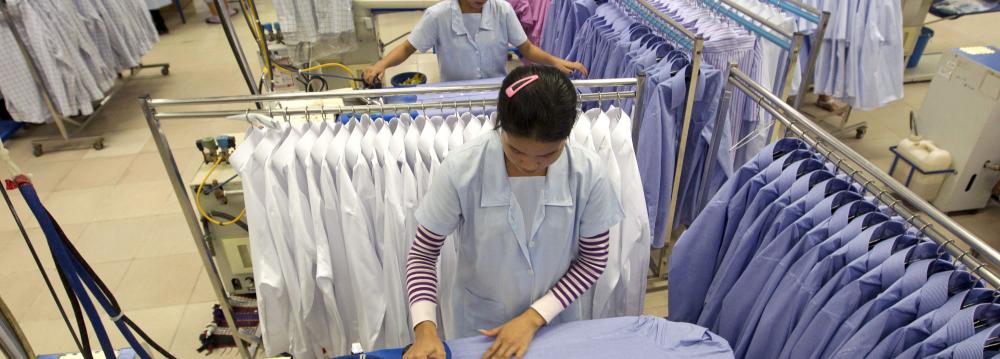Developing economies in Asia are holding steady and will grow at the earlier forecast rate of 5.7% this year and next, buoyed by resilience in the region’s two largest economies, China and India, the Asian Development Bank said in its report released Tuesday.
The region’s developing economies grew 5.9% in 2015, and the bank was retaining its March forecasts, AP quoted an ADB report as saying.
China’s economy—the second largest in the world—is forecast to grow by 6.6% in 2016 and 6.4% in 2017, or 0.1 percentage point more than was forecast in March, due to strong fiscal and monetary stimulus to boost domestic demand while external demand remains tepid.
Steady progress on reforms is helping India realize its growth targets, the report said, with earlier forecasts of 7.4% growth in 2016 and 7.8% in 2017 unchanged.
The India forecasts take into account a boost in private consumption after recent wage and pension increases and expectations of a healthy monsoon lifting rural incomes. A recovery in private investment will help drive growth to 7.8% in 2017, the report by the Manila-based lender said.
In Southeast Asia
Growth in the five largest economies in Southeast Asia was forecast at 4.8% in 2016, the same as projected in March, with strong first-half performances in the Philippines and Thailand offset by a cut in forecasts for Indonesia, Malaysia and Vietnam.
Government investment in infrastructure, particularly in Indonesia, the Philippines and Thailand, has countered sluggish export demand and droughts that caused a drop in agriculture output in the first half of the year in all of the countries except Indonesia, the report said.
Growth in the five Southeast Asian economies is expected to accelerate to 5% in 2017 on account of firmer demand from major industrial economies, higher prices for exports, and rising infrastructure investment, it said.
The report warned climate-related risks to developing Asia like shorter rainy seasons, more withering drought and worsened pest and disease outbreaks, if uncontrolled, may lead to economic loss equivalent to 10% of the region’s gross domestic product in 2100.
ADB expects Azerbaijani economy to grow in 2017 by 1%. The new forecast is the same as in the previous ADB report.
It also predicts a 2.5% reduction in Azerbaijan’s economy in 2016 as compared to the 1% decline in the previous report.
Inflation will be 12% in 2016, but it will fall by more than twice in 2017–to 5.2%, according to the ADB forecast, which was left same as in the previous report.
Combodia Growth Robust
Economic developments in Cambodia in 2016 have broadly unfolded as expected, says the ADB report. It retained its forecasts for economic growth at 7% this year and 7.1% in 2017.
“The outlook for Cambodia’s economy, after attaining lower-middle-income status in July, remains robust with exports from the garment and footwear industry rising by 9.4% in the first half of this year,” said Samiuela Tukuafu, ADB’s Country Director for Cambodia. “While growth in credit to the private sector moderated to 28.1% year-on-year in June 2016, it still indicates buoyant domestic demand. Better weather since June, following an extended drought, should help a mild recovery in agriculture.”
Fiscal policy is seen as supporting economic growth, with government spending rising by 15.6% in the first half of 2016 assisted by civil service wage increases, and revenue rising by 24.1% as the government continued to improve tax collection.
The budget deficit excluding grants is targeted to widen to 4.3% of gross domestic product. Solid domestic demand and increased food prices lifted average inflation to a higher than expected 2.7% year on year in the first 6 months of 2016, after trending down to 1.2% last year.
Inflation forecasts have been slightly increased in line with an expected rise in global oil prices, to an average rate of 3.4% in 2017.
Merchandise exports increased by an estimated 12.3% in US dollar terms in the first 6 months, faster than the 9.4% recorded in the first half of 2015.


